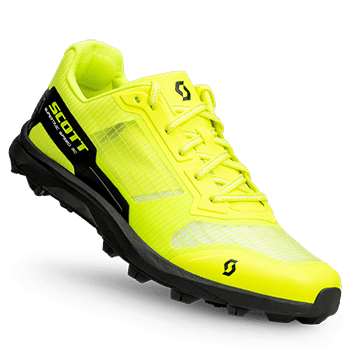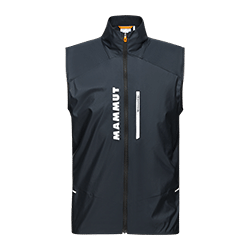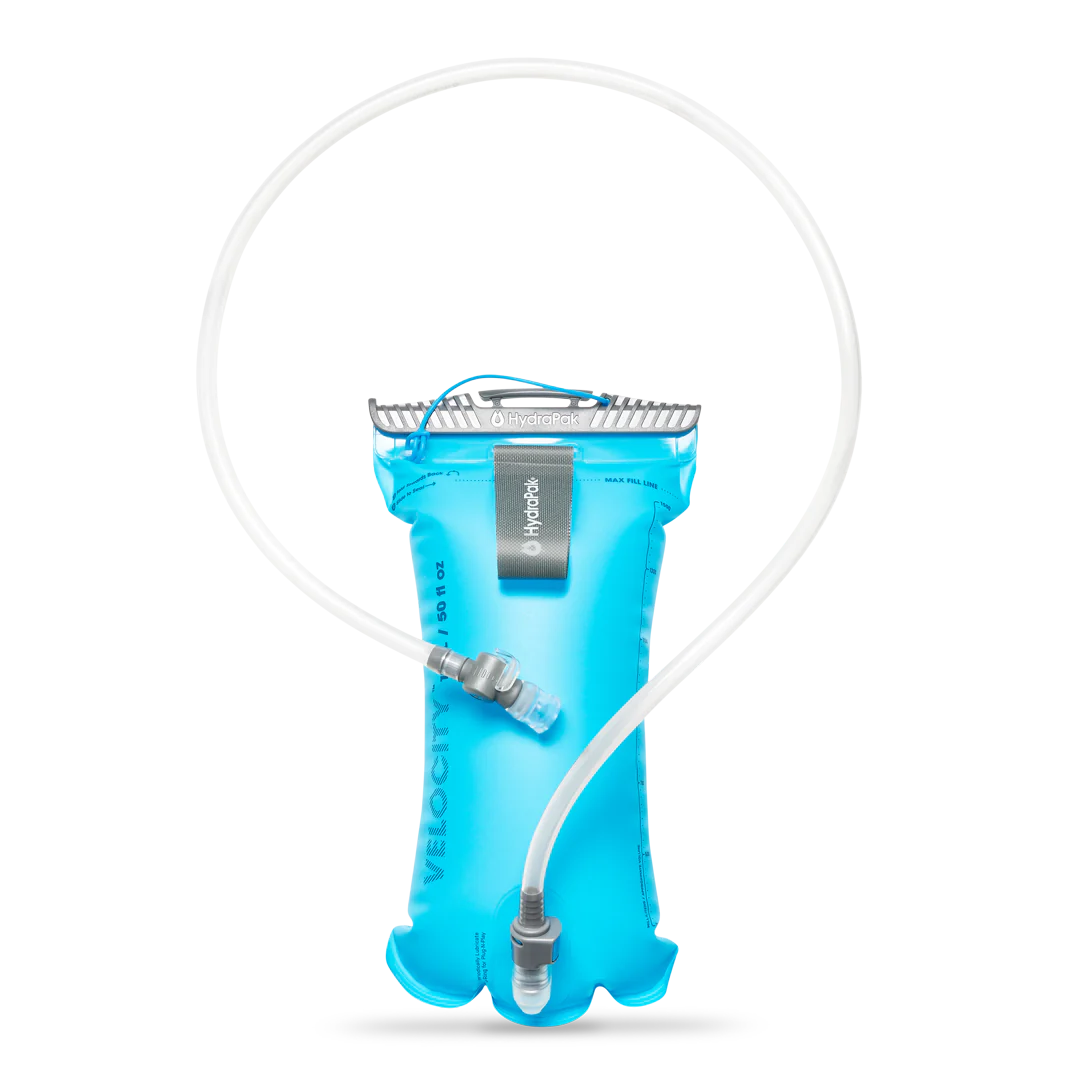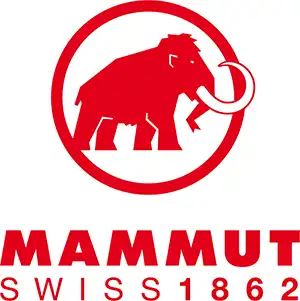Hardly anyone has used trail running as consistently to get fit for his big projects as Ueli “The Swiss Machine” Steck. Does this automatically make trail running the ideal training for alpinists? We want to examine this very question in more detail today.
This post is presented by Mammut, Scott and Hydrapak
Speed projects are a form of mountaineering. Being able to move quickly, efficiently and, moreover, sustainably in the mountains fascinates professionals and laypeople alike. Something similar is in Trail Running to observe. There seems to be a certain overlap between the two sports. We wanted to know from professional alpinist Nicolas Hojac and trail runner Maria Christen what benefits they see in trail running for mountaineering.
Table of Contents – Trail running as training for alpinists
- Multifaceted alpinism
- What do you train with trail running?
- Similarities, benefits, boundaries
- Risks of “light & fast”
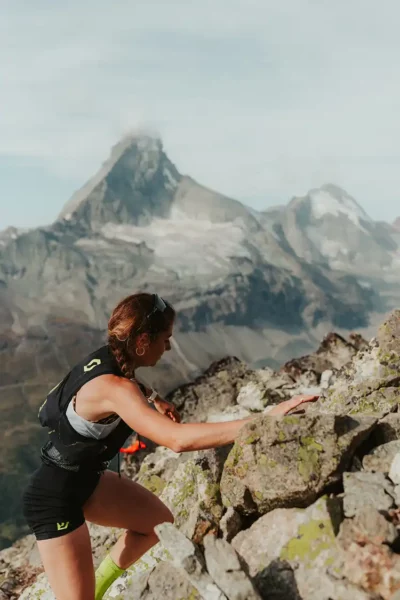
Multifaceted alpinism
Alpinism has been officially intangible cultural heritage of UNESCO since 2019 and is defined as “the art of climbing peaks and walls using your own physical and mental strength. Natural, not artificial, obstacles must be overcome and risks must be assessed and accepted.”
The way to approach them is almost as diverse as the selection of possible goals. Accordingly, there is no such thing as THE mountaineering. Let's take the Eiger as an example: There's a Dani Arnold who runs twenty up the north face in two hours, a Laura Tiefenthaler who climbs the Heckmair solo and the amateur alpinist who tackles the Märmelibahn on the southeast face.
Nevertheless, the fast ascents, impressive solo attempts and great enchainements of the professionals are fascinating and inspire you to set your own goals and train consistently towards them.
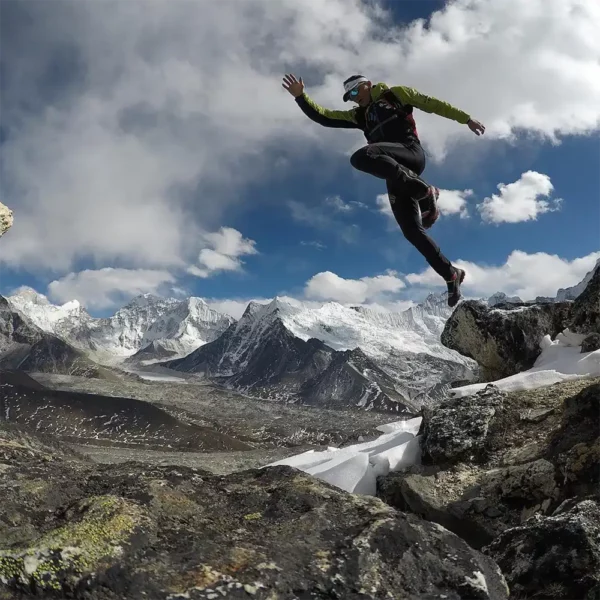
In addition to ambition, experience, basic craftsmanship and technical know-how, fitness plays an important role in alpinism. Ueli Steck realized early on that intensive running training would help him advance his ambitious projects. The Italian high-altitude mountaineer Simone Moro also often addresses his followers directly from the trails on social media.
Mammut athlete Nicolas Hojac started trail running a good 10 years ago - inspired by Ueli Steck, with whom he traveled a lot.
At the beginning it was a bit of a love-hate relationship, as I actually preferred to invest the time in climbing, but the endurance training allowed me to realize more ambitious projects on the mountain.
Nicolas Hojac
Depending on the project, trail running for Nicolas Hojac covers up to 3/4 of his weekly training.
The professional alpinist says of himself that he was never a strong runner and probably never will be. But with his skills in technical terrain, he can easily transfer his endurance to alpine terrain.

Scott Supertrac Speed RC
Performance trail running shoe for any terrain
Scott has a shoe for every terrain. The Supertrac Speed RC is the ideal shoe for everything from mountain running to obstacle courses. Thanks to the new firm and robust outsole you will never lose grip. Muddy or rocky, rain or snow, it accompanies you in any weather. One thing is certain: With this robust shoe you can move quickly.
What do you train with trail running?
Running trains the legs, from the calf muscles to the front and back of the thighs to the buttocks muscles. The latter is particularly demanding on steep terrain as it has to push the entire body upwards.
In addition, the flight phase is significantly shorter in mountain runs than in flat terrain and the entire body weight has to be absorbed and accelerated again much more often.
In addition, running on uneven terrain - especially in combination with the quick changes of direction when running downhill - challenges and promotes the entire core muscles as well as the stability of the ankles, knees and hips.
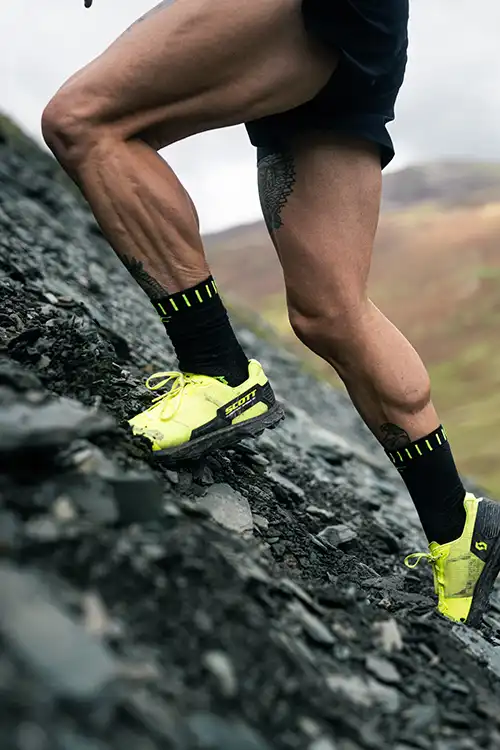
Similarities, benefits, boundaries
Maria Christen ended up in trail running through ski racing and cross-country skiing. Her mountaineering career started later, almost parallel to it. She doesn't see trail running per se as ideal training for all alpinists, especially since running isn't for everyone. However, she considers trail running to be “great training” for herself.
Trail running is endurance, but not only. It also helps you a lot in terms of coordination.
Mary Christians
“You can’t just walk around mindlessly,” she emphasizes. Otherwise it's easy to fall, especially when running downhill. And it is precisely here that she sees an important parallel to mountaineering: you have to be concentrated and keep your head fully focused on the task at hand.

Mammut Aenergy TR Hybrid Vest:
Reliable protection with minimal weight
This quick-drying hybrid vest reliably protects the upper body. It is windproof, durable and a real flyweight. The stretch panel on the back allows for maximum freedom of movement, while the double-weave material wicks away sweat in an instant. All parts of the Mammut trail running collection are 100% decarbonized.
Nicolas Hojac traveled a lot with Ueli Steck and during this time he realized what you can achieve in the mountains with good endurance. In addition, the longer he went on, the more he enjoyed traveling quickly.
It's really cool when you can complete tours in one day where other mountaineers need several days.
Nicolas Hojac
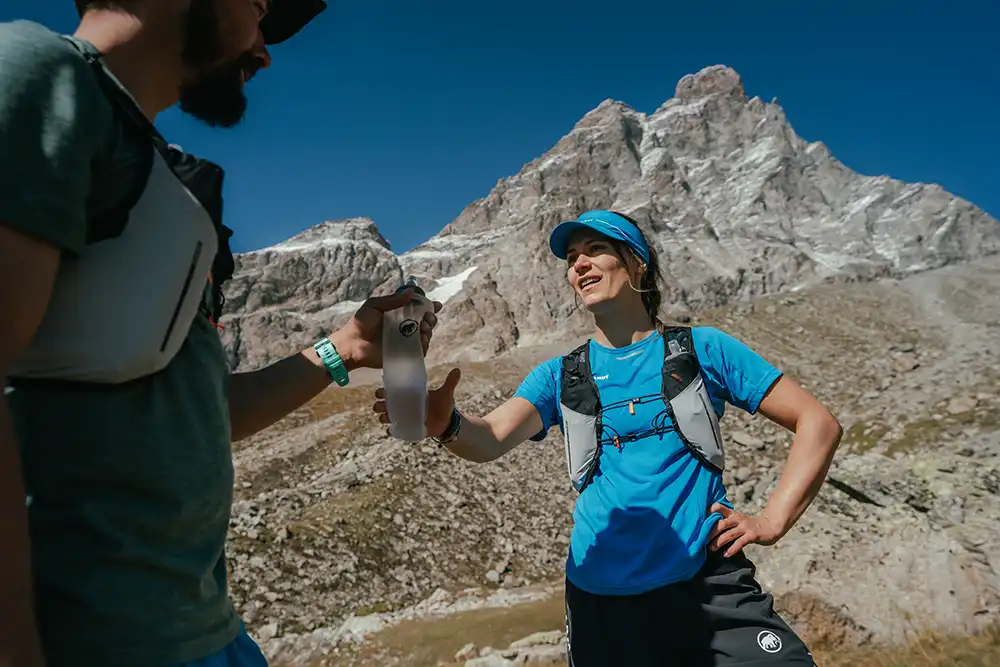
Depending on the goal he is currently working towards, trail running and endurance training now accounts for up to 3/4 of his weekly training. “It is primarily uphill running that benefits me on the mountain, and running in very technical terrain,” he emphasizes.
The professional mountaineer sees long distances in training as secondary, unless you have a specific project in this area. But it never hurts to be somewhat prepared for the long climbs.

Hydrapak Velocity 1.5L
Ultralight hydration bladder for trail running
Velocity is the lightest hydration bladder from Hydrapak and is deliberately kept minimalist. With its slim profile, it fits more comfortably into vests and backpacks. The drinking tube can be easily removed and the automatic shut-off valve prevents leakage. Thanks to its extra wide opening, the Velocity can be quickly refilled on the go.
Risks of “light & fast”
As nice as it is when trail running can inspire fast alpinism and enable individual goals, it is important to keep the dangers of “Fast & Light” in mind. “It's cool to be light and fast in the mountains, but the safety reserves are not very great due to the light material and the minimalist style,” warns Nicolas Hojac.
The recent tragedy on the Haute Route once again demonstrated how quickly approaching thunderstorms or bad weather in the mountains can lead to major problems.
We've got you covered with what you need to get started with trail running safely and what you should pay attention to when it comes to equipment first part of this trail running series described.
Content partners
This five-part series on trail running is presented by Mammut and Scott
Mammut is a Swiss outdoor company founded in 1862 that offers high-quality products and unique brand experiences to mountain sports fans around the world. The world's leading premium brand has stood for safety and groundbreaking innovation for 160 years. Mammut products combine functionality and performance with contemporary design. With the combination of hardware, shoes and clothing, Mammut is one of the most complete suppliers in the outdoor market. Mammut Sports Group AG operates in around 40 countries and employs around 800 people.
Scott Sports is a leader in the development, manufacture, distribution and marketing of high-end performance products for biking, winter sports, motorsports and running. Innovation, technology and design are the essence of Scott products and the vision of the engineers and designers. The brand portfolio includes Syncros, Bergamont, Bold Cycles, Unparallel, Dolomite, Powderhorn, Bach and Lizard. R&D, marketing and sales are managed from the headquarters in Givisiez, Switzerland. Scott employs more than 1500 people worldwide and operates in more than 100 countries.
Since 2001, Hydrapak has stood for flexible, high-performance hydration systems that reliably accompany athletes on their adventures. Hydrapak's performance-focused design and equipment are distilled down to the essence of functional performance. Hydrapak has earned its reputation on dusty desert trails and icy mountain peaks. Partnerships with Salomon and Osprey are the ultimate seal of quality. Hydrapak not only supplies its brand partners, but also works closely with them during the design and development phase.


